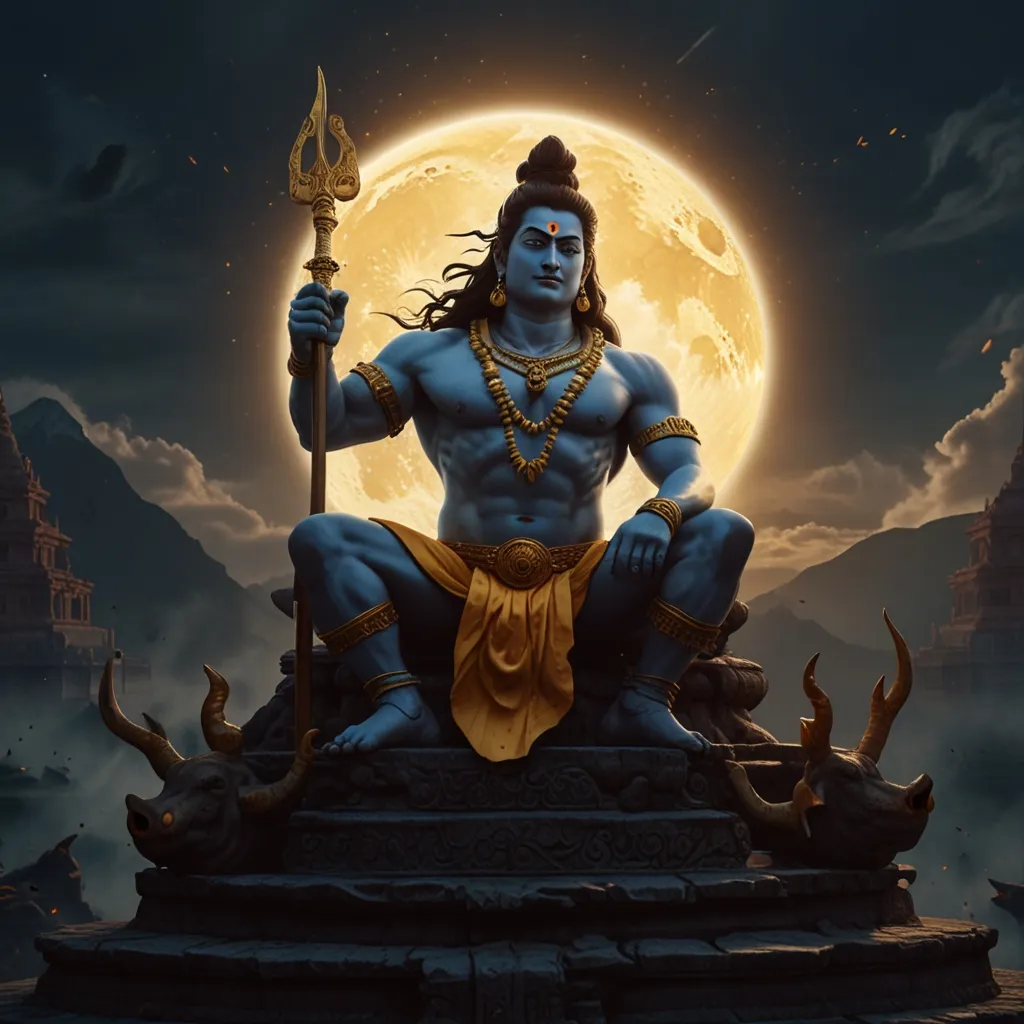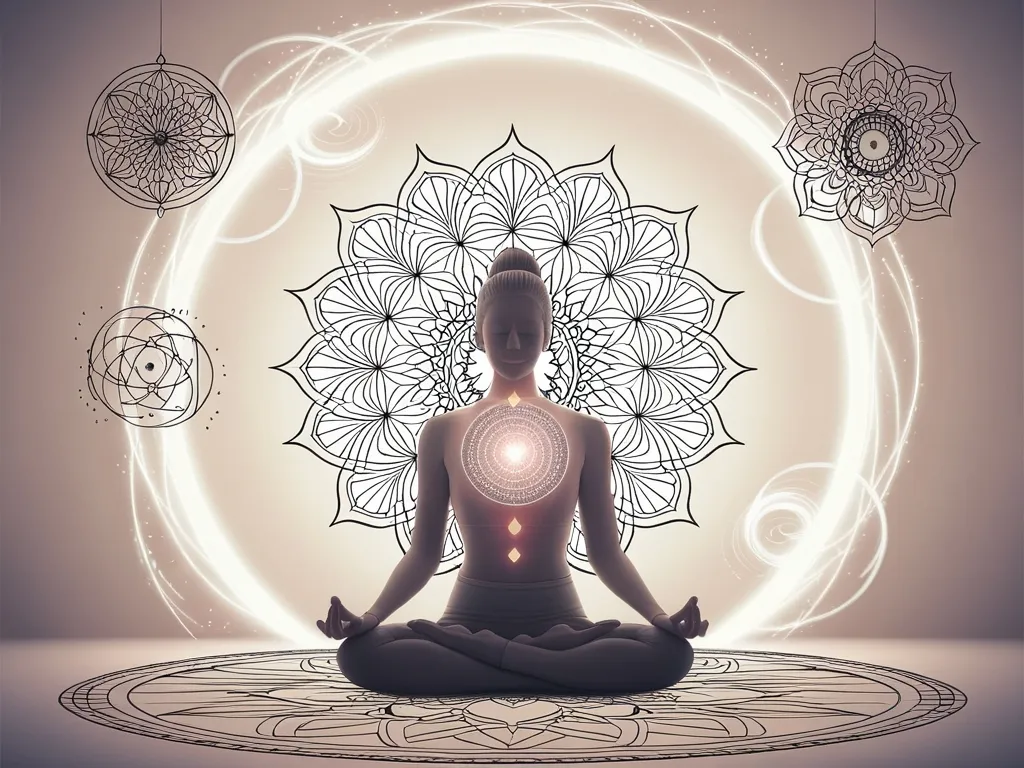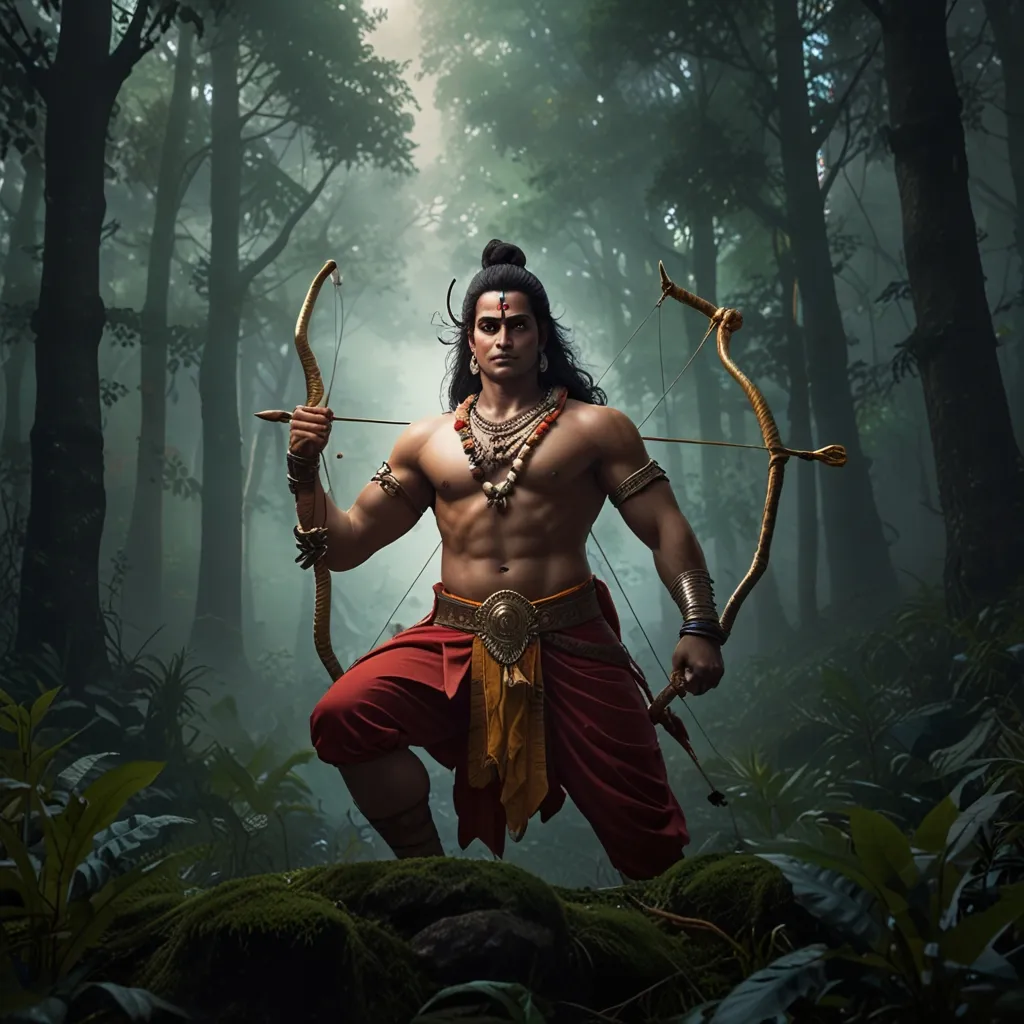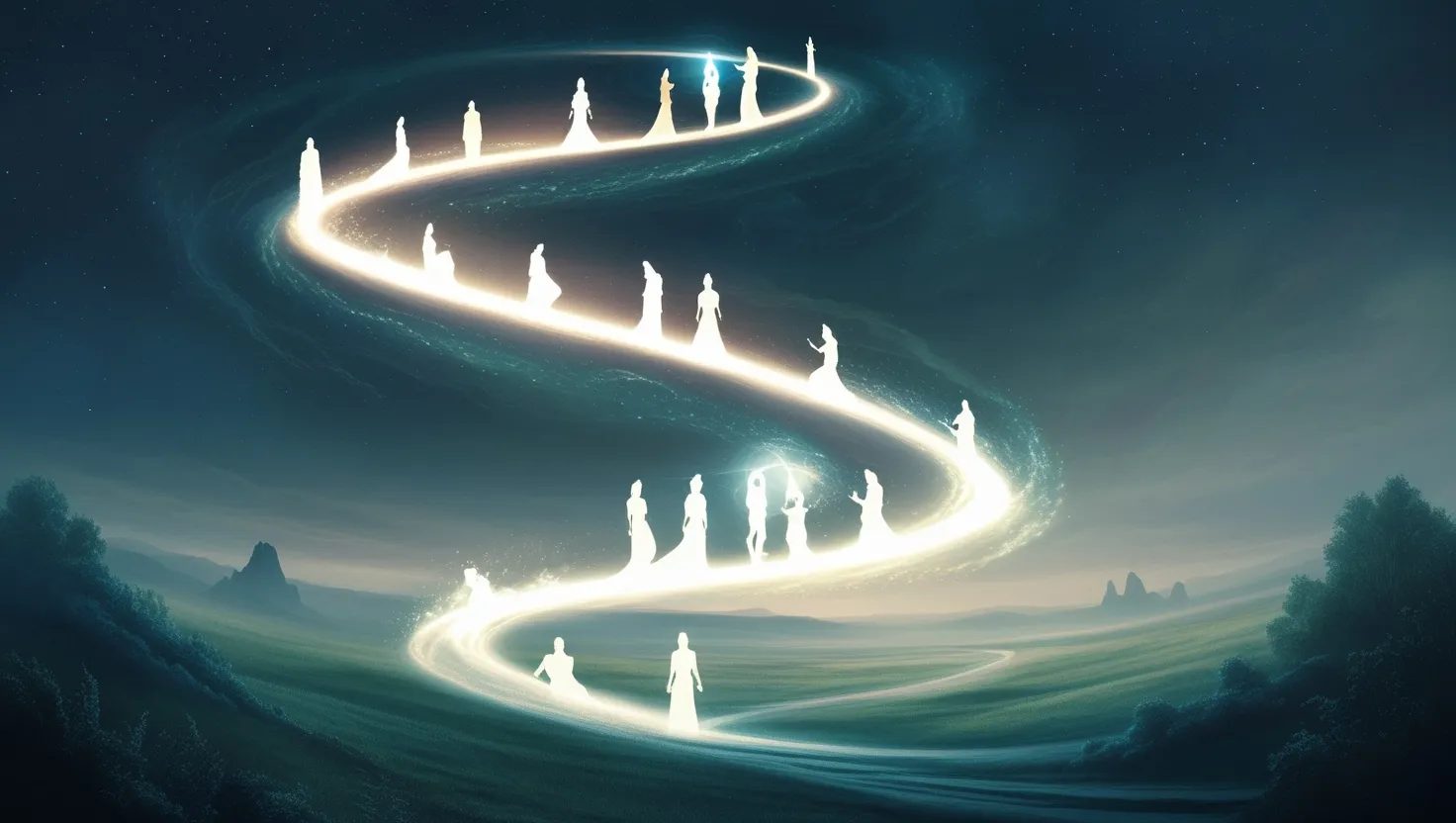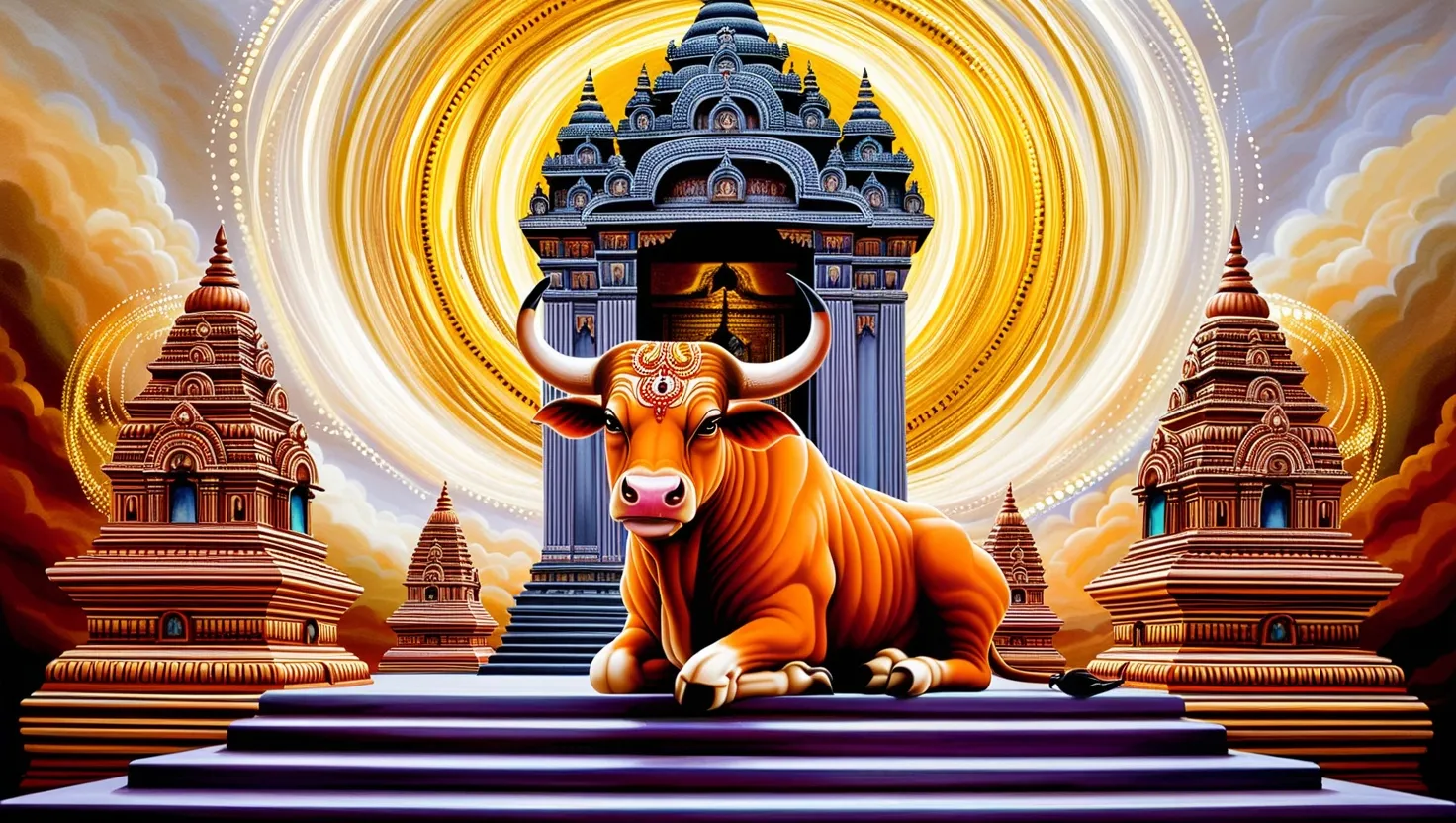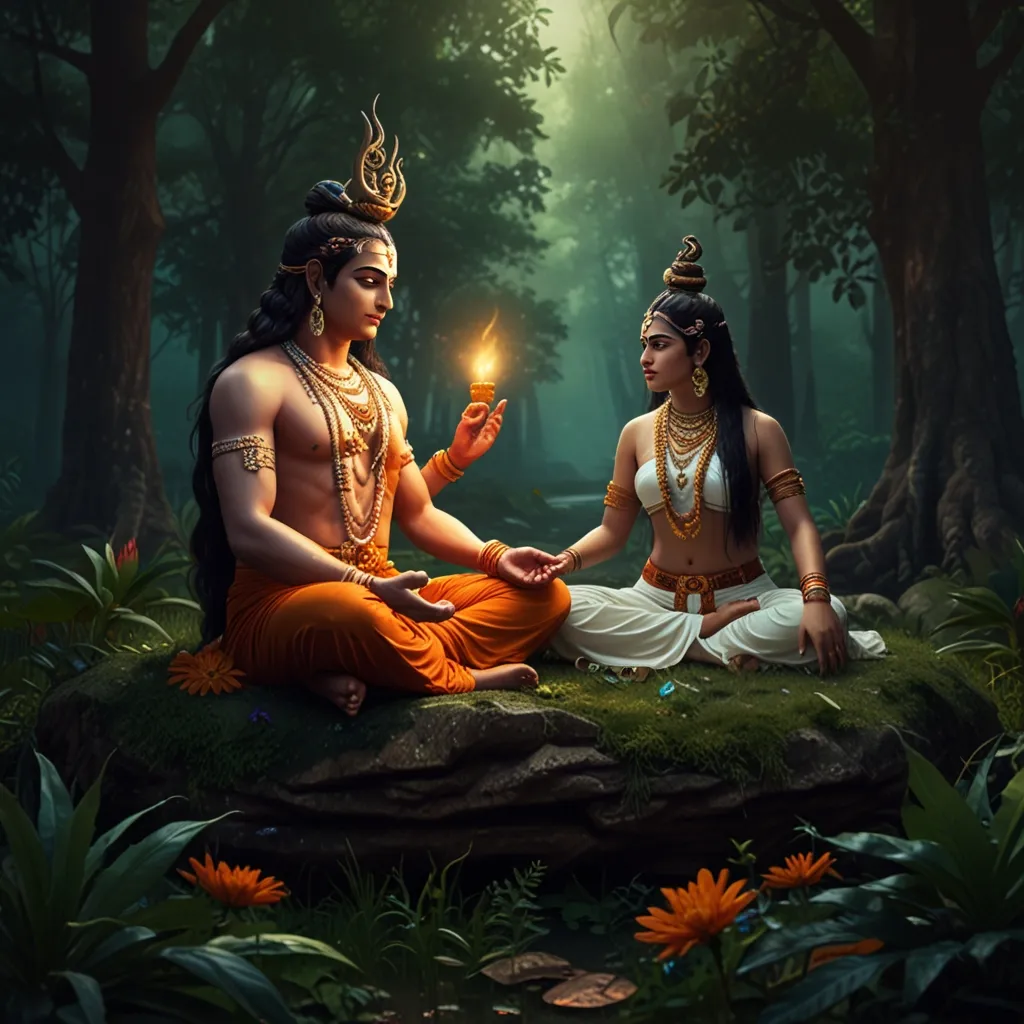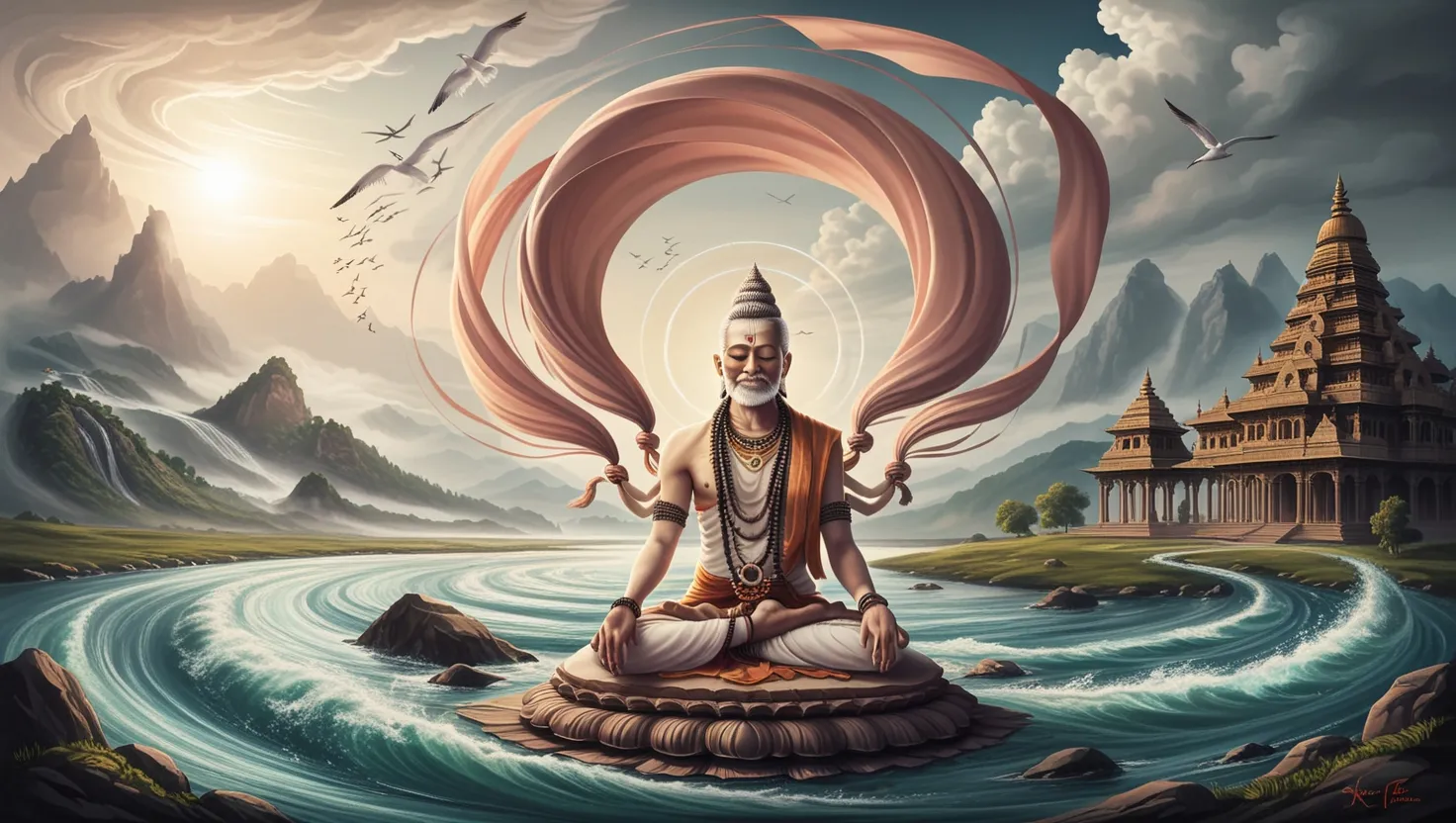In the vast world of Hindu mythology, there’s a story that’s always fascinated people: the tale of Tripurasura. Picture this – three asura brothers, sons of the mighty Tarakasura who was defeated by Kartikeya (yep, the son of Lord Shiva!). These brothers, named Tarakaksha, Kamalaksha, and Vidyunmali, decided to take things up a notch after their father’s fall.
They packed their bags and made their way to Mount Meru, a sacred spot. There, they embarked on a crazy penance trip. Standing on one leg, they meditated not just for a year or two, but for a staggering thousand years! Eventually, their epic dedication got the attention of Lord Brahma himself.
Brahma was impressed and offered them a boon. But when the brothers asked for immortality, Brahma had to say, “Sorry guys, that’s not in my power.” So, they came up with Plan B. They wanted three mega-cities: one made of gold, another of silver, and the third of iron. Plus, these cities should line up perfectly every thousand years and merge into one, called Tripura. Oh, and by the way, these cities could only be destroyed by a single arrow during their moment of alignment. Brahma, intrigued, granted this wish and disappeared.
Soon after, these cities, shining brighter than the gods’ own homes, sprang to life. As you might guess, the asuras in these cities started getting a bit too naughty, terrorizing the gods. The gods, fed up with the nuisance, went straight to Lord Shiva for help. Shiva agreed, but he had a list: he needed a divine chariot, a charioteer, and some fancy bows and arrows.
Enter Vishwakarma, the divine architect. He whipped up this magnificent chariot made of gold, with the Sun and Moon as wheels. The chariot was pure magic, with the four Vedas as horses. Brahma stepped in as the charioteer, and Mount Meru transformed into a bow. Even Vishnu played a part, becoming the bow’s shaft with Agni as its arrow tip.
Shiva had the gods transform into various animals, with himself as Pasupati, the lord of animals. They all marched towards Tripura, itching for a showdown. At the climax, as the cities aligned, Shiva released a powerful arrow that blasted through Tripura, reducing it to ashes. Tarakaksha, Kamalaksha, Vidyunmali, and all their wicked followers bit the dust. Only Mayasura, the asuras’ architect, managed to escape.
Everyone was in awe of Shiva, now known as Tripurantaka, the destroyer of Tripura. This incredible feat is celebrated as Tripurari Pournima on the Kartik full moon. It’s a day to remember Shiva’s victory over the pesky asuras, a testament to the eternal fight between good and evil in Hindu tales. It also underscores the power of devotion and penance.
And that, my friend, is the epic tale of Tripurasura, a story of gods, demons, and a whole lot of divine drama.
